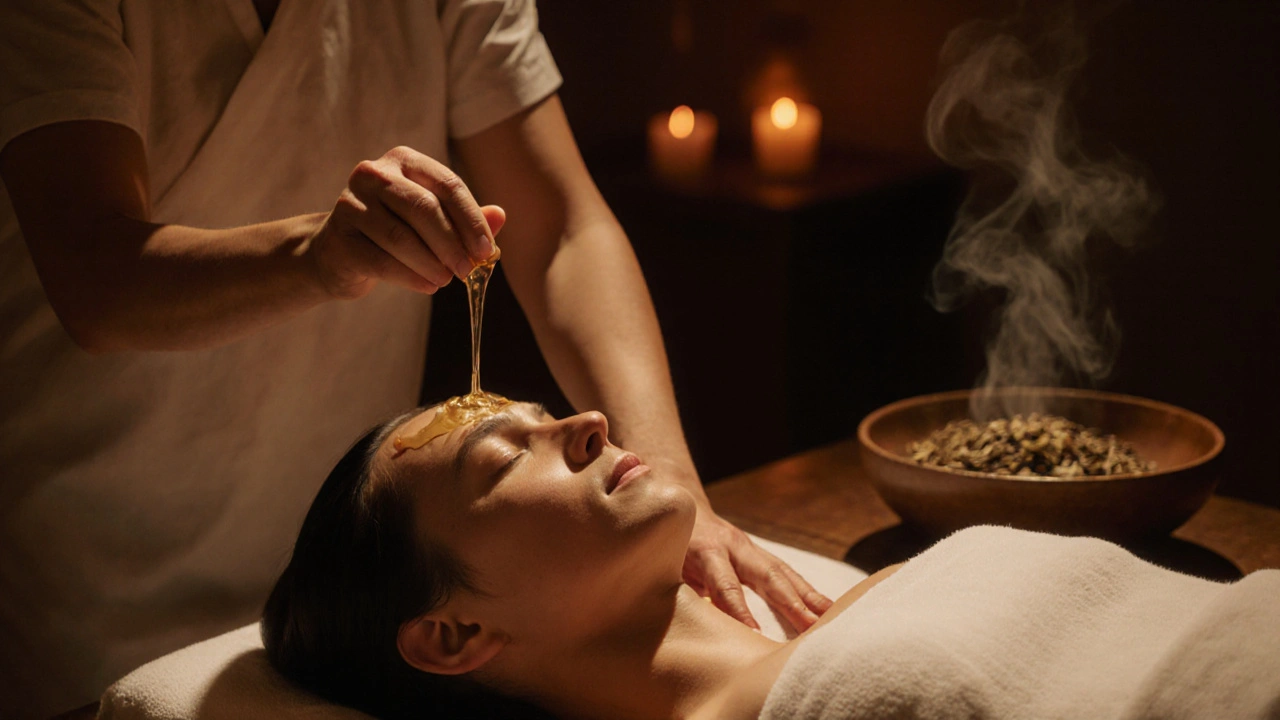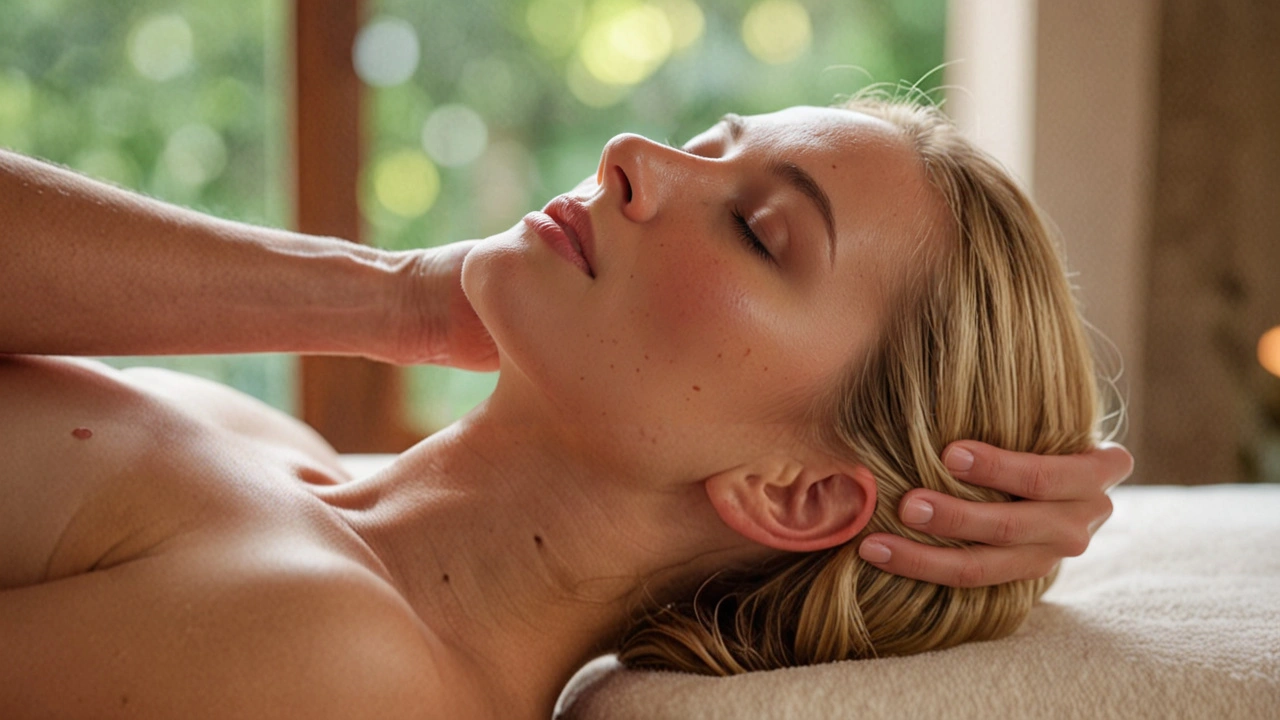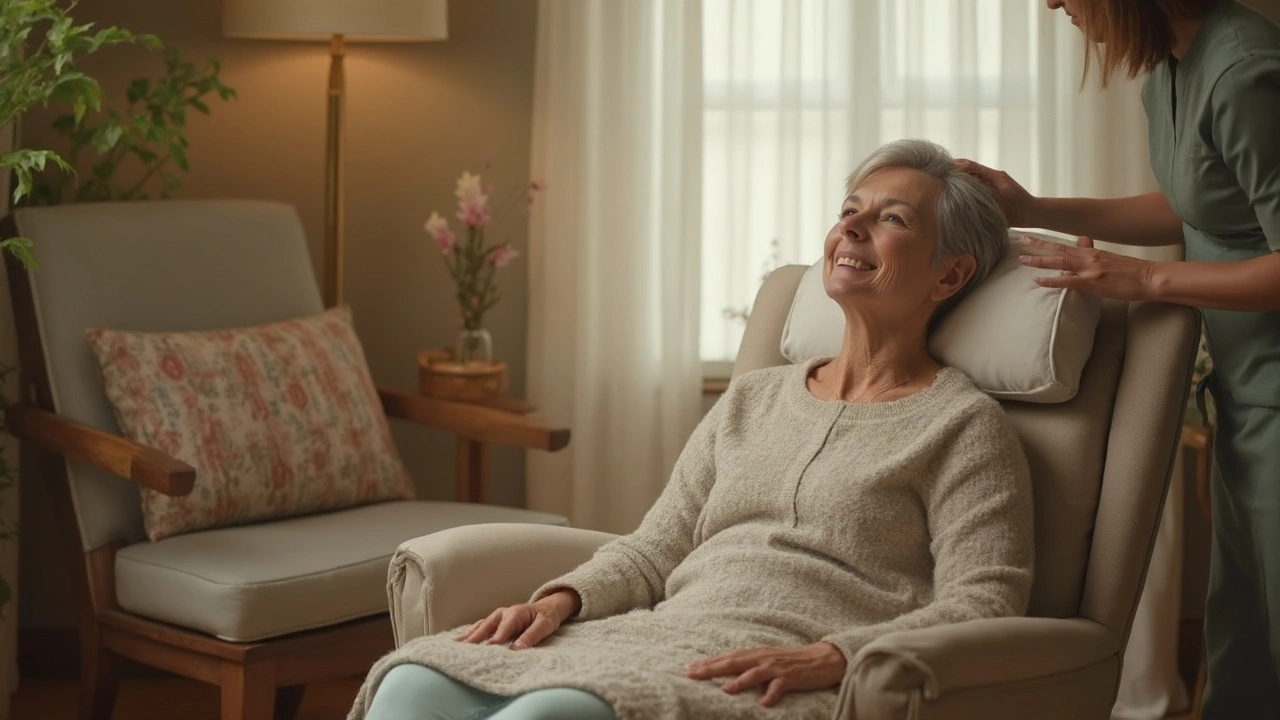Traditional Indian Massage: Techniques, Benefits, and What to Expect
When you think of traditional Indian massage, a holistic healing practice rooted in Ayurveda that uses rhythmic strokes, herbal oils, and energy point stimulation to restore physical and mental balance. Also known as Ayurvedic massage, it’s not just about relaxation—it’s about bringing your body back into harmony with its natural rhythms. Unlike Western massages that focus on muscle knots, this style works with your body’s energy flow, called prana, the vital life force in Ayurvedic and yogic traditions that governs movement, digestion, and mental clarity. It’s designed to unblock stagnation, not just loosen tight shoulders.
Abhyanga, the most common form of traditional Indian massage, involves warm herbal oils poured over the body and massaged in long, flowing strokes following specific energy channels. The oils aren’t random—they’re chosen based on your dosha, your unique constitutional type in Ayurveda, categorized as Vata, Pitta, or Kapha, each requiring different oils and pressures for balance. If you’re Vata-dominant (tendency toward anxiety, dry skin), sesame oil and slow strokes calm you. If you’re Pitta-dominant (prone to inflammation, overheating), coconut or sandalwood oil cools you down. This isn’t one-size-fits-all—it’s personalized medicine through touch.
People turn to traditional Indian massage for more than stress relief. It’s used to improve circulation, reduce joint stiffness, support digestion, and even enhance sleep by calming the nervous system. Unlike Thai bodywork or myofascial release, it doesn’t rely on stretching or deep pressure—it’s about rhythm, warmth, and intention. The oils are often infused with herbs like ashwagandha, turmeric, or neem, which penetrate the skin and work from within. This is why you’ll feel the effects for days after—a quiet energy, not just temporary relief.
You won’t find this in every spa. True traditional Indian massage is often practiced in quiet, dimly lit rooms with incense and soft chants. The therapist moves with a steady, almost meditative pace, paying attention to your breathing, not just your muscles. It’s not erotic. It’s not performance. It’s healing, passed down for thousands of years.
What you’ll find in the posts below are real experiences and practical breakdowns of how this ancient practice connects to modern wellness. From how herbal oils affect your skin to how dosha balance plays out in daily life, these articles cut through the noise. You’ll learn what to expect in a session, how to find an authentic practitioner, and why so many people swear by it—even when they’ve tried everything else.
Revitalize Your Health with Ayurvedic Massage: A Natural Path to Balance
Revitalize your health with ayurvedic massage-a 5,000-year-old practice that uses herbal oils and dosha-based techniques to reduce stress, improve sleep, and restore natural balance in the body.






